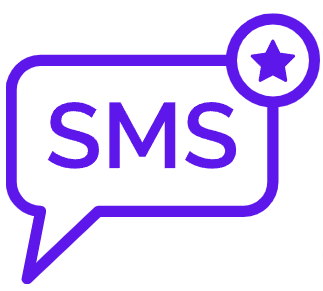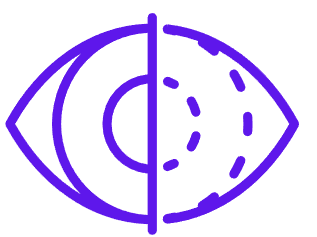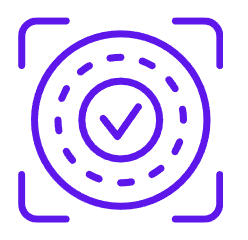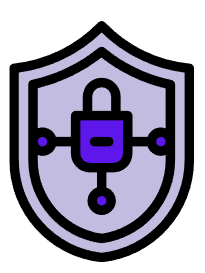The significance of cybersecurity for small businesses cannot be emphasised enough. As businesses continue to depend on online platforms, the importance of strong security measures becomes crucial. One key defence mechanism is Multi-Factor Authentication (MFA). MFA is part of the Essential Eight Mitigation Strategies developed by Australian Signals Directorate (ASD). In this blog, I’m going to delve into five compelling reasons why implementing MFA is absolutely necessary. To help illustrate my points, I’ll use the analogy of binge-watching your favourite show – just like how you wouldn’t want to miss a single episode during a binge-watching session.
The significance of cybersecurity for small businesses cannot be emphasised enough. As businesses continue to depend on online platforms, the importance of strong security measures becomes crucial. One key defence mechanism is Multi-Factor Authentication (MFA). MFA is part of the Essential Eight Mitigation Strategies developed by Australian Signals Directorate (ASD). In this blog, I’m going to delve into five compelling reasons why implementing MFA is absolutely necessary. To help illustrate my points, I’ll use the analogy of binge-watching your favourite show – just like how you wouldn’t want to miss a single episode during a binge-watching session.
- Protecting Valuable Assets
Consider your favourite TV show as valuable data and assets for your small business. Just like you wouldn’t want unauthorised access to your content, you also wouldn’t want cybercriminals accessing your business’s sensitive information. MFA provides an extra layer of security by requiring more than just a password to access your accounts. Protecting the confidentiality and integrity of your business is crucial, and implementing MFA can help defend against potential threats.
2. Mitigating Password Vulnerabilities
Just like predictable plot twists, weak passwords are vulnerable to attacks. Two-factor authentication adds security, making it harder for cybercriminals to access your account, even if they crack your password.
3. Preventing Unauthorised Access
Imagine this scenario – you’re engrossed in a critical episode, and out of nowhere, someone else snatches the remote control. Irritating, isn’t it? In the business world, unauthorised access to your accounts can have the same disruptive effect. That’s where MFA acts as a virtual “remote control,” providing an additional layer of security to ensure that only authorised personnel hold the keys to your business kingdom.
4. Enhancing Customer Trust
When a streaming service ensures account security, it builds trust in their subscription service. Implementing MFA for your small business shows a commitment to security and gains trust from customers and partners. It proves that their data protection is a priority and proactive measures are being taken for its safety.
5. Adapting to Remote Work Realities
To support remote work and maintain security, MFA allows secure access to sensitive information from multiple locations. It enables your team to adapt and access data without compromising security.
Enabling MFA is a straightforward process, comparable to preparing popcorn. Nearly all online platforms offer simple instructions for enabling it. Generally, you will link your account with a secondary authentication method, such as a mobile app or text message code. This process only requires a few minutes of your time but provides enhanced security for your account.
How to turn on MFA depends on the software or service you are using; however, the steps are somewhat similar for most applications. The ASD has created a list of websites and apps are examples of important accounts that you should Protect Yourself with Multi Factor Authentication. Each link provides instructions on how to set up MFA for that service. This process only requires a few minutes of your time but provides enhanced security for your account.
Once you have worked this out for your business, you will almost certainly use it for your personal accounts.

Authenticator app
Authenticator apps generate OTPs, are more secure than SMS codes. Download an app like Google Authenticator, LastPass, Microsoft Authenticator and Authy. If a website supports MFA, you can scan QR code or enter key in the app. The app will generate a code every 30 seconds. There will be a prompt to enter code to log in.

Security key
A security key is a small physical token used for authentication. It can be plugged into a USB port or kept nearby for wireless versions. The key uses near field communication (NFC) which enable two devices to communicate wirelessly when they are close together. This is a more secure option than other forms of MFA. An example is the Yubikey.
SMS code
A code is given for online access or use, usually via SMS after logging in. It can be used for online banking transfers too. OTP can be sent via email or voice call, but MFA is needed for email accounts. SMS or email authentication is less secure than other forms of MFA.

Biometrics
Biometrics securely verifies identity using physical characteristics like face or fingerprint. It provides constant accessibility and eliminates the risk of loss or forgetting.

Once you have worked this out for your business, you will almost certainly use it for your personal accounts.
In conclusion, just as you wouldn’t compromise your binge-watching experience with a shaky internet connection, don’t compromise your small business’s security. Embrace MFA as your virtual bodyguard, ensuring that only the right individuals get a front-row seat to your business’s success.

